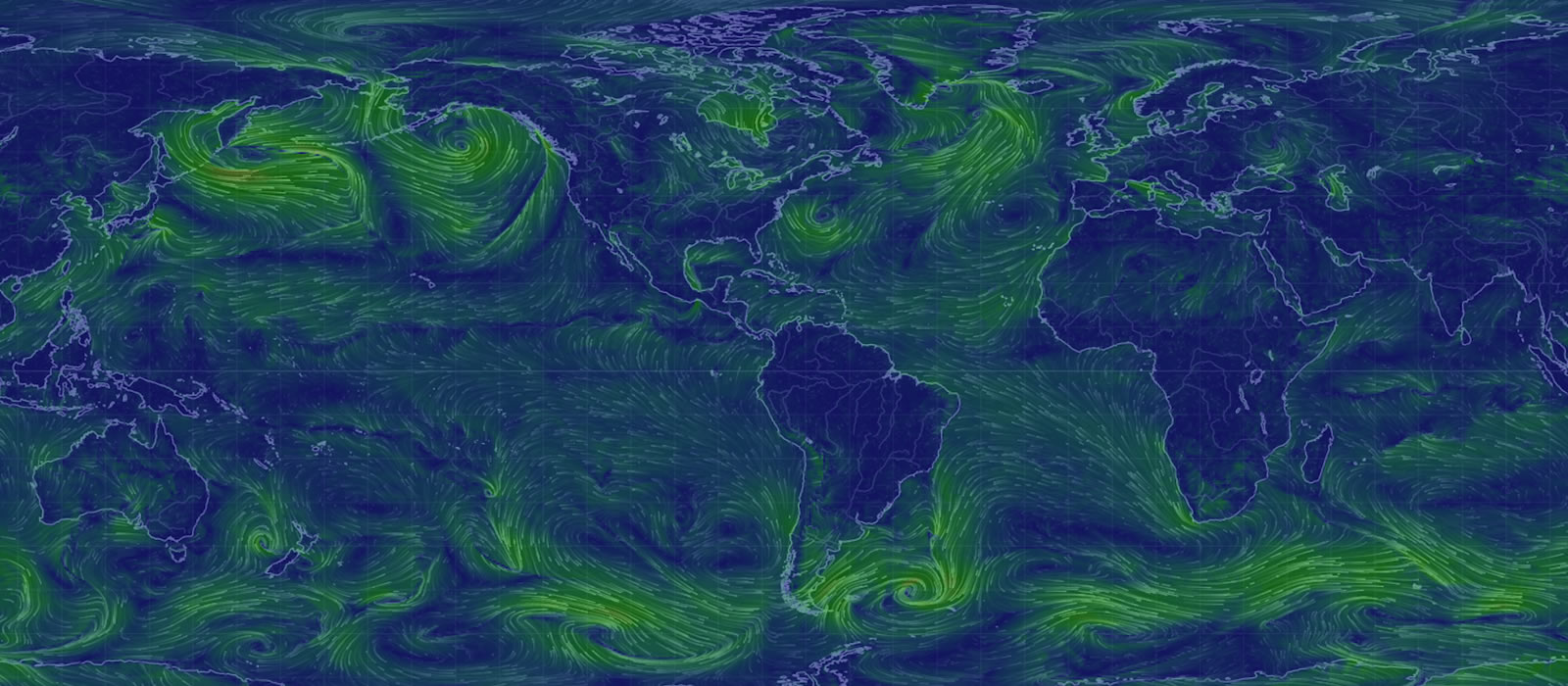Home
Welcome to the Carleton Atmospheric Modelling Group, the website for Dr. Amir Hakami’s research group at Carleton University.
Our group conducts research related to air pollution and air quality modelling. Air quality models that we use are large-scale computer programs that numerically solve mathematical representation of atmospheric pollution. This representation includes transport of pollutants from one place to another as well as chemical and physical transformations that they undergo while being transported. In other words, air quality models predict how concentrations of different pollutants vary in space and time.
Various parameters impact air pollution: wind, temperature, solar radiation, rain, natural or man-made emissions, etc. Of these parameters, we only have effective control on man-made emissions. For all practical purposes, improving our air quality boils down to reducing our emissions. We use air quality models to predict how changes in emissions translate to changes in ambient concentrations of pollutants. Our group specializes in sensitivity analysis in air quality modelling. While air quality models are traditionally used to predict concentrations, we develop extensions of these models to calculate sensitivities or derivatives of concentrations with respect to various model inputs such as emissions. Calculation of derivatives may sound abstract (or boring!), but these derivatives have very tangible (and exciting) applications in answering a wide spectrum of scientific, engineering, policy, public health, or economic questions.
For questions about our research, available positions, or collaboration, please contact Amir Hakami.





